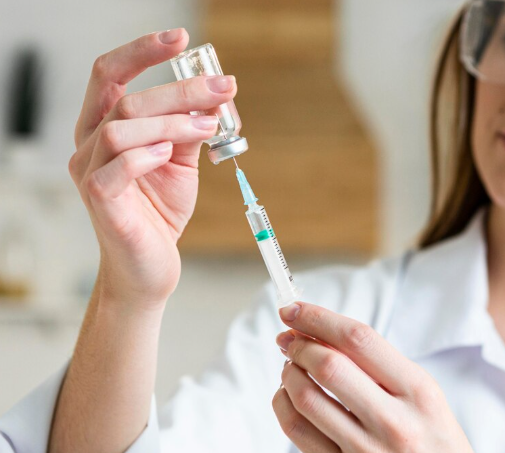Undergoing hairline correction surgery—whether for aesthetic refinement or hair restoration—is a significant investment in your appearance. While surgical techniques can produce natural-looking and permanent results, proper aftercare and long-term maintenance are crucial to preserve those results for years to come. Here’s a comprehensive guide on how to maintain your hairline after surgery.
🧴 1. Follow All Post-Operative Instructions
Your surgeon will provide detailed aftercare guidelines tailored to your procedure. This may include how to wash your hair, when to resume certain activities, and medications to apply or avoid.
Key Steps:
- Keep the scalp clean and dry for the first few days
- Use only approved shampoos and conditioners
- Avoid rubbing, scratching, or picking at the treated area
- Sleep with your head elevated to reduce swelling
🧼 2. Use Gentle, Hair-Safe Products
Switch to mild, sulfate-free shampoos and conditioners that won’t irritate the scalp or damage new hair follicles. Avoid harsh styling products (e.g., strong gels or sprays) that can clog follicles or cause buildup near the hairline.
Recommended:
- Fragrance-free, dermatologist-tested hair care
- Leave-in conditioners with natural oils
- Alcohol-free styling gels or serums
💊 3. Incorporate Medications or Topicals (if recommended)
Your surgeon may recommend continued use of topical or oral medications to support the hairline and prevent future hair loss in surrounding areas.
Common Options:
- Minoxidil (Rogaine): Encourages hair regrowth and strengthens existing hair
- Finasteride (Propecia): Helps prevent further hairline recession in men by reducing DHT
- PRP Therapy: Regular sessions can boost density and follicle health
Always consult with your provider before starting or stopping any treatments.
🧘♀️ 4. Manage Stress Levels
Stress is a major contributor to hair loss, particularly a condition known as telogen effluvium, where stress pushes hair into the shedding phase prematurely.
Tips to Reduce Stress:
- Practice mindfulness and meditation
- Get regular sleep (7–9 hours)
- Incorporate exercise into your weekly routine
- Avoid overuse of caffeine or alcohol
🥗 5. Maintain a Hair-Friendly Diet
Nutrition directly affects hair health. Focus on foods rich in protein, vitamins A, C, D, E, zinc, iron, biotin, and omega-3 fatty acids to support strong and healthy hair growth.
Ideal Foods:
- Eggs, nuts, and seeds
- Leafy greens and colorful vegetables
- Fatty fish like salmon
- Whole grains and legumes
- Hydrating fruits like berries and watermelon
Consider supplements if you have dietary gaps, but only under a doctor’s supervision.
🚫 6. Avoid Damaging Hair Habits
Poor styling practices and mechanical stress can damage hair and impact the longevity of your results.
Avoid:
- Tight hairstyles like ponytails, braids, or buns
- Frequent use of heat tools (straighteners, curling irons)
- Over-brushing or brushing wet hair aggressively
- Bleaching or chemically treating hair too often
Use a wide-tooth comb, let your hair air-dry when possible, and use a heat protectant when styling.
🧢 7. Protect Your Hairline from Sun and UV Exposure
The scalp—especially newly transplanted or treated areas—is sensitive to sun damage, which can slow healing and affect hair growth.
How to Protect:
- Wear a wide-brimmed hat when outdoors
- Use SPF scalp sprays or powders
- Avoid direct sun exposure during peak hours (10 a.m. – 4 p.m.)
🗓️ 8. Schedule Regular Follow-Ups with Your Surgeon
Ongoing assessments with your hair restoration specialist help track progress, address concerns early, and modify your care routine if needed. They may recommend booster treatments such as:
- PRP or stem cell therapy
- Laser hair therapy
- Supplemental transplants (if necessary)
📆 9. Be Patient and Consistent
Hair growth after hairline surgery doesn’t happen overnight. It can take 6–12 months for full results to become visible. Consistency in your care routine and adherence to medical advice is key.
Final Thoughts
Maintaining your hairline after surgery is not just about preserving the aesthetic—it’s about ensuring the long-term health and vitality of your hair. By combining a disciplined aftercare routine, healthy lifestyle choices, and regular professional guidance, you can enjoy long-lasting, natural-looking results that age gracefully with you.




